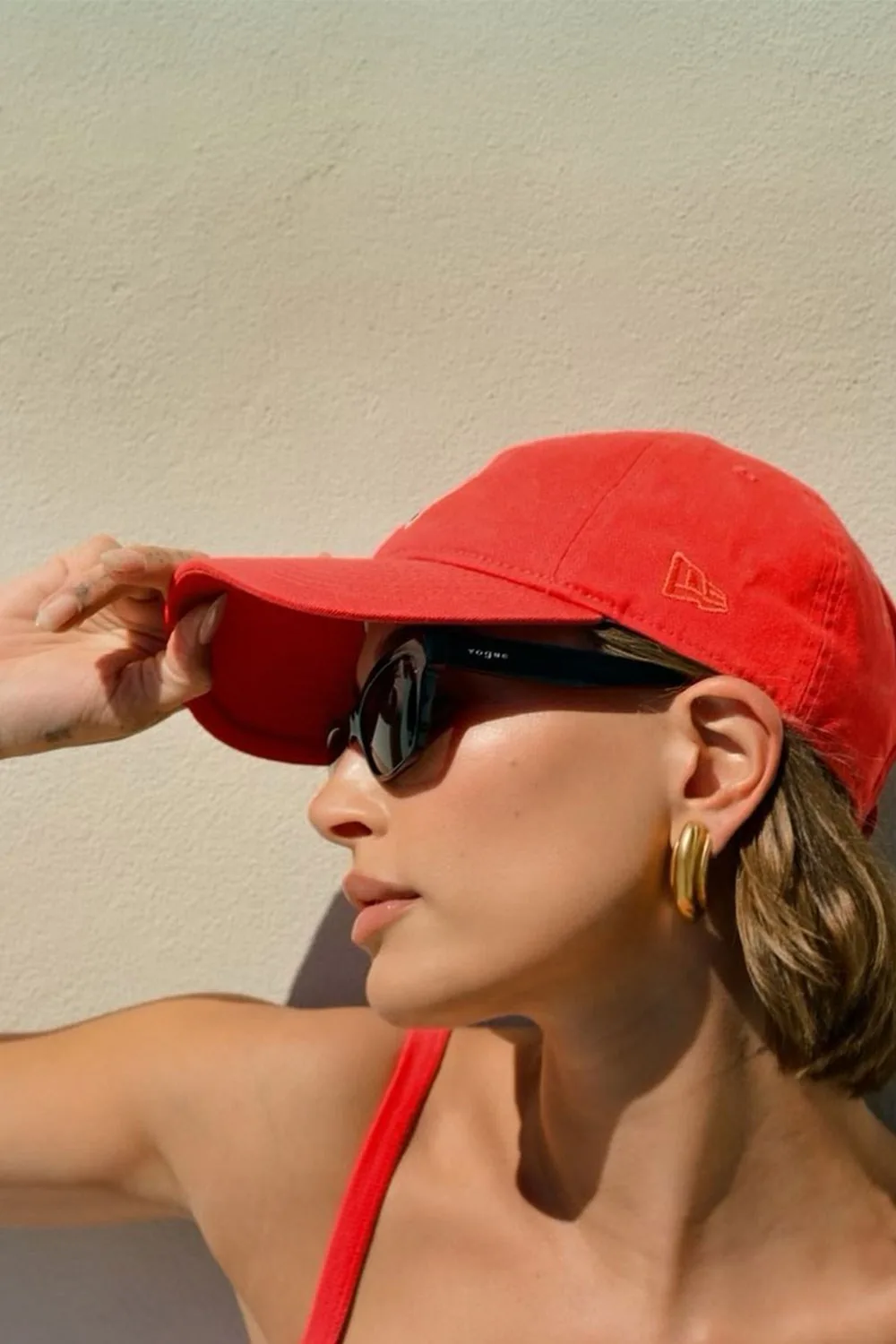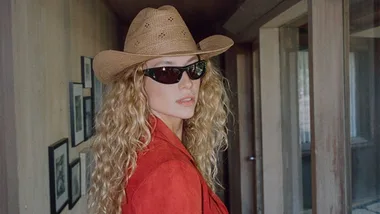What can you achieve in 10-15 minutes? Quite a lot actually. It’s about how long it takes a hair treatment to transform dehydrated mid-lengths and ratty ends into silky, looks healthier-than-it-has-any-right-to strands. It’s also how long it takes a sheet mask to revitalise the look of skin and give the impression you regularly enjoy a full night’s sleep.
Conversely, that amount of time can also do a lot of harm. Spend just 10-15 unprotected minutes in the sun and you will start to damage your skin – permanently. And that suntan? It is, in fact, a scar, a signal that sun-exposed skin is in distress and has turbocharged melanin production to try to protect itself from further devastation.
Suntans have long been considered part of the Aussie summer experience, and getting sunburnt is often viewed as “just what happens” when you spend a day at the cricket or by the beach. Social media keeps serving up celebrities and influencers who appear to be in a state of perma-tan. And the compliments seem to flow more frequently when skin has a golden colour.
To Tan Or Not To Tan?
We haven’t always lusted after bronze. For thousands of years the colour of skin correlated to class. In ancient Greece and Italy the aristocracy used lead to lighten skin, and in 8th century Japan, women painted their faces with white powder.
Porcelain skin was also highly prized by the upper echelons of British society during the Victorian era, when sun-tanned skin was associated with the lower class, who spent long days outside performing physical labour. The Industrial Revolution inverted this model, as work moved indoors. The upper class was even more cashed up and could afford fancier and more frequent holidays.
The shift reached an apex in the summer of 1923, when French fashion designer Coco Chanel took a yacht to Cannes with the 2nd Duke of Westminster. She did away with the parasol and sunhat, returning from that trip with sun-tanned skin. Et voilà, bronzed skin went from being associated with labour to being seen as a sign of privilege, something that happened to those with the time and money to go cruising around the Mediterranean.
From there, tanned skin gripped popular culture, leading to the bevy of sun baked celebrities in Ibiza and Capri that marked the 1960s and ’70s, and the call to “sun-kissed skin” and a “healthy glow” that dominated the beauty industry in the decades that followed. Sun-tanned skin, particularly in countries such as Australia and the US, became the goal.

Today we’re in a state of limbo. On the one hand the beauty industry has undergone a massive overhaul the past few years, finally recognising that “beauty” comes in all colours including, yes, paler skin. In some Asian countries, including Korea, flawless, white, freckle-free skin is still the ideal.
On the other hand there’s TikTok. Search any suntan-related hashtag – “tanning” (more than 3.9 billion views), “tanning tips” (more than 360 million views), “suntan” (more than 394 million views) – and it’s clear that bronzed skin is still considered highly glamorous and deeply desirable. A surging, worrying, TikTok trend: “tan line check” (with more than 110 million views).
If the very real, very dire messages about the dangers of sun exposure are not getting through – according to the Cancer Council, two out of every three Aussies will receive a skin cancer diagnosis in their lifetime, earning us the dubious title of having one of the highest rates of skin cancer in the world – then perhaps, in the current economic climate, appeals should aim for the wallet.
Protect Your Skinvestment
Skin experts and science agree: the sun is sabotaging your efforts to keep your skin clear and healthy. Those pricey serums, moisturisers and professional lasers you’re splashing out on to brighten, plump and smooth? The sun is undoing any benefit they might deliver.
Here’s why: sunlight accelerates the ageing process, with up to 90 per cent of premature ageing (fine lines, wrinkles, dark spots, pigmentation, dullness and elastin breakdown) being caused by ultraviolet (UV) light exposure. Another thing science and skin experts agree on: a 360-degree approach to sun safety is the single best thing we can do to keep skin looking as fresh and youthful as possible.
Whichever way you view it, sun-tanned skin will not make you look more beautiful – at least not in the long run. The only thing the sun will do is make your skin look older, faster. And remember: those incidental moments outside with unprotected skin, whether it’s running errands or hanging out the washing, all add up. The other insidious factor is us. We need to stop telling ourselves, our friends and family that we look better with a suntan. It is essentially saying we look better with a skin injury because that’s exactly what a suntan is.
“But I feel healthier/slimmer/confident/more attractive with a suntan,” we hear you say. Perhaps, and we won’t try to convince you otherwise if that’s how you feel, but that is precisely why fake tanning products exist.
Tips For Staying Sun Safe
Ultraviolet (UV) radiation cannot be seen or felt, which is why we can’t rely on the temperature outside, cloud cover or the season to protect us from the sun.
- Sunscreen every single day. Don’t look out the window, just apply water resistant broad-spectrum SPF 30 (or higher) every morning on all exposed skin – from your head to your toes – and reapply as directed.
- Put on those Celine sunglasses you spent ages hunting down online, and pair them with a wide brimmed hat that actually covers exposed skin on your face and neck (that fedora might not cut it).
- Wear clothing that shields limbs.
- Find the shade and plant yourself there.
For more information, visit the Cancer Council, cancer.org.au
 GETTY IMAGES
GETTY IMAGES


